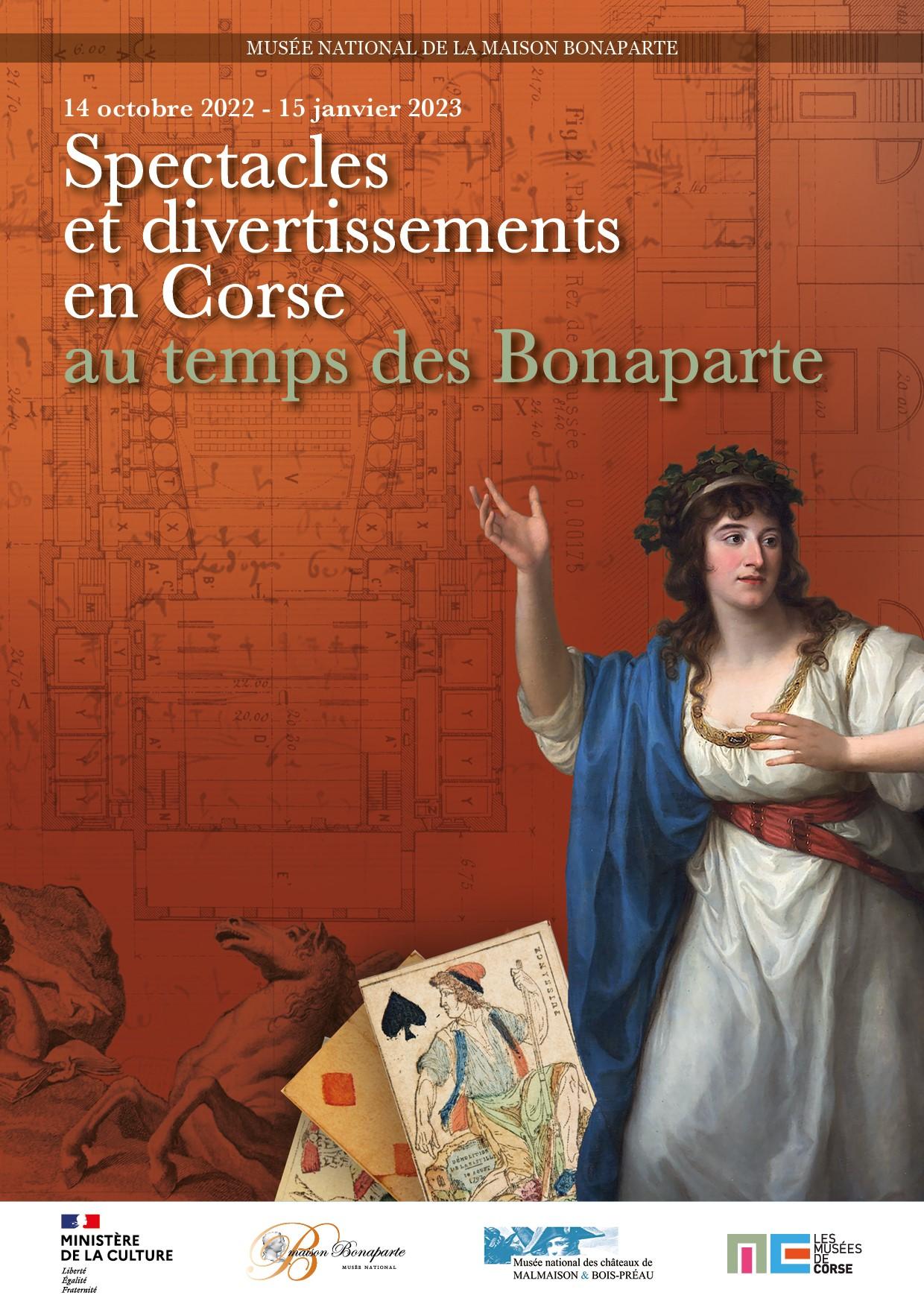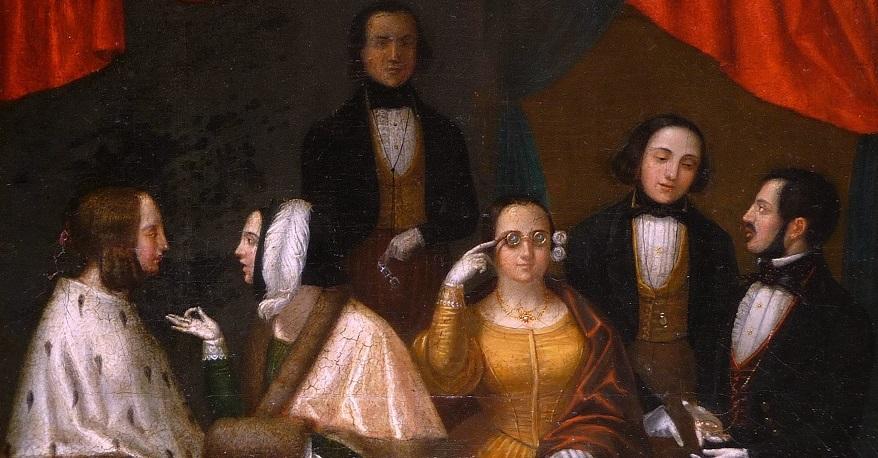In the second half of the 18th century, the description of the Moresca given to Vescovato in honor of the Count of Marbeuf, Governor General of Corsica and protector of the Bonapartes, gives us to see a spectacle of extreme complexity, performed by more than a hundred shepherd-dancers.
It is therefore that a theatrical tradition existed in Corsica, which was not limited to the performances given in the sala maggiore of the palace of the Genoese governors in Bastia (with an extremely rigorous protocol that has come down to us) or at the theater sacri of Holy Week, with all the baroque pageantry of sepolchri and great processions. Knowledge of the great Italian texts: Jerusalem delivered and Roland furious is diffused throughout Corsican society, and the shepherds of the Bonaparte family called Gertrude, sister of Charles and therefore aunt of Napoleon: Clorinde, like the warrior princess of Jerusalem delivered.
The Marquis de Cursay had organized great lyrical concerts around 1742 to appease the high society of Bastia, during which singers sang airs of Pergolese and Vinci.
But it is this same Marbeuf who will build the first wooden theater in Corsica, and the recent research of J-C Liccia (curator of the exhibition) showed the quality of the opera singers and dancers from
all over Europe who performed there.
Under the Second Empire, the opera would become the center of social life: the construction of that of Bastia by Andrea Scala will cause Homeric quarrels between the prefect who wants to see Gounod and Massenet listed, while the mayor only likes Bellini, Donizetti, Rossini and Verdi. In 1869, Empress Eugénie attended a performance of Verdi's Trouvère at the Théâtre Saint-Gabriel in Ajaccio.
The exhibition would not be complete without an evocation of the Corsican popular musical traditions which were also present in the patrician salons, the Duchess of Abrantès left us a testimony:
“One day, having gone very early in the morning to the very end of the castle*, in a large abandoned gallery, where there was a piano, or rather a bad spruce that Mademoiselle de Launay, Madame Mère's reader, and I, had repaired as best we could; standing in front of this piano, bad as it was , I began to repeat a little goatherd song that is sung in the mountains of Corsica, with the intention of making it a little nocturne for two voices to sing to Madame. Saveria had heard me and was soon sobbing behind me. »
These cultural practices, at the crossroads of several worlds, therefore also had a strong political connotation.The exhibition and its catalog will try to define the stakes and the artistic forms, very enlightening of the Corsican society at the time of the rise and the glory of the Bonapartes.


